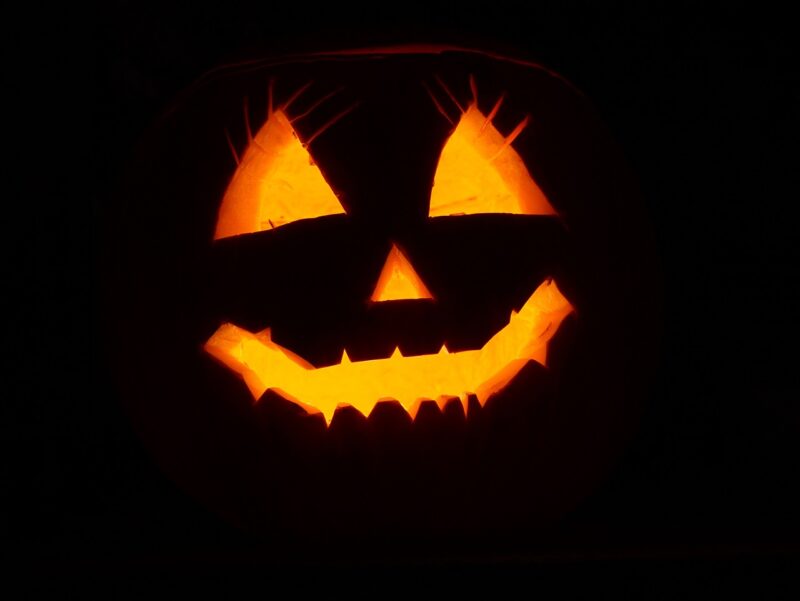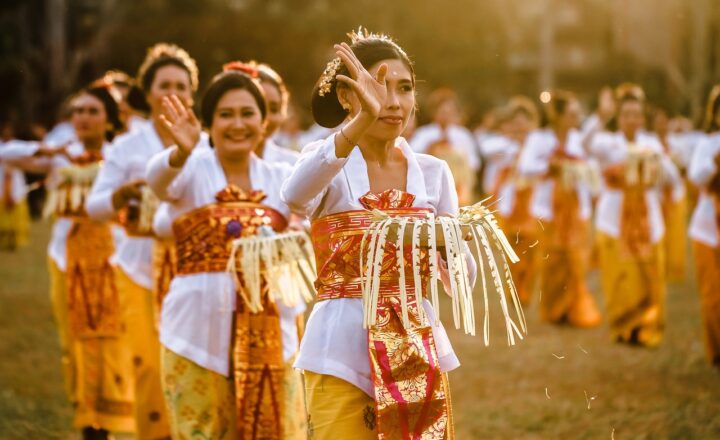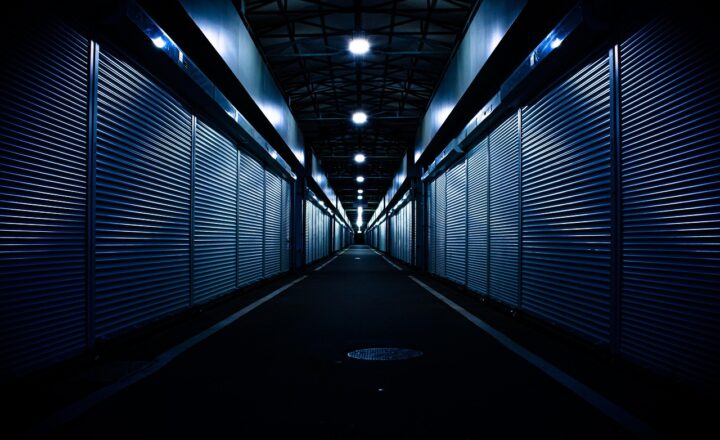The History and Traditions of Halloween Around the World
November 11, 2024

Halloween, also known as All Hallows’ Eve, is celebrated annually on October 31st. This occasion, rich in history and culture, presents a fascinating fusion of ancient traditions, folklore, and modern customs. While Halloween is predominantly associated with the United States, its origins lie deeply entrenched in religious festivals, harvest celebrations, and ancient rituals that span across various cultures and countries. In this article, we will journey through the historical roots, the evolution of Halloween, and the unique traditions celebrated around the globe.
1. The Origins of Halloween: A Brief Overview
The history of Halloween can be traced back over 2,000 years to the ancient Celtic festival of Samhain. This festival marked the end of the harvest season and the beginning of winter, a time often associated with death. The Celts believed that on the night of October 31st, the boundary between the living world and the dead would blur, allowing spirits to come back to earth.
During Samhain, the Celts would light bonfires and wear costumes to ward off these roaming spirits. They also made sacrifices of crops and animals to please the gods and ensure a bountiful harvest in the following year. This practice laid the groundwork for many of the rituals associated with modern Halloween.
As Christianity spread throughout Europe, the Church sought to convert pagans to their faith. They established November 1st as All Saints’ Day (or All Hallows’ Day), a time to honor saints and martyrs. This day was seen as a way to counteract Samhain, and the evening before became known as All Hallows’ Eve, which eventually morphed into Halloween.
2. Halloween Traditions in Different Cultures
Halloween has taken on various forms in different regions around the world. Here, we examine some unique traditions that highlight the cultural diversity of October 31st celebrations:
2.1. Mexico: Día de los Muertos
In Mexico, Halloween is often overshadowed by Día de los Muertos (Day of the Dead), celebrated on November 1st and 2nd. This vibrant festival honors deceased loved ones through colorful altars, offerings, and parades. Families create ofrendas (home altars) adorned with the deceased’s favorite food, photographs, and mementos to welcome their spirits back to the world.
Although Día de los Muertos shares some similarities with Halloween, it emphasizes remembrance and celebration rather than fear. The melding of pre-Hispanic rituals and Catholic traditions makes this festival a unique cultural expression of life and death.
2.2. Ireland: The Land of Halloween
The modern celebration of Halloween has its roots in Ireland, particularly through the ancient Celtic festival of Samhain. Here, children play games such as bobbing for apples, a custom believed to originate from the Roman festival of Pomona, honoring the goddess of fruit trees.
Irish tradition also includes the carving of turnips into lanterns, known as Jack-o’-lanterns, to ward off evil spirits. When Irish immigrants moved to America in the 19th century, they brought this practice along, and pumpkins eventually replaced turnips due to their abundance.
Today, Ireland celebrates Halloween with parades, fireworks, and various community events that reflect its historical roots. Costumes and trick-or-treating have also gained popularity, blending modern customs with ancient traditions.
2.3. Japan: Obon Festival
In Japan, the Obon festival is celebrated in mid-August (or late July), recognizing the spirits of ancestors. Families clean graves, and at night, they light lanterns to guide the spirits back home. While not directly related to Halloween, Obon embodies the reverence for the dead and communal remembrance shared in many cultures.
Japanese children do dress up in costumes during Halloween celebrations, which have become more popular in recent years, particularly in urban areas adorned with Halloween decor.
2.4. The Philippines: Undas
The Philippines observes All Saints’ Day (All Hallows’ Day) and All Souls’ Day in early November, collectively known as Undas. While not held on Halloween, the festivities blend remembrance with celebration, as families visit cemeteries, bring flowers, and offer prayers for their deceased. It is a time for families to gather and share meals while honoring their loved ones, showcasing the connection between life and death prevalent in many cultures.
3. The Evolution of Halloween in America
Halloween began gaining popularity in America during the 19th century, primarily through Irish immigrants who celebrated their cultural heritage. As it evolved into a community-centered holiday by the early 20th century, Halloween transformed from its Celtic roots into a more commercialized and secular festivity.
The early 1900s saw the emergence of trick-or-treating, a practice that became widespread during the 1950s. This tradition was born out of the practice of “mischief night,” where children played pranks on each other.
Over the decades, Halloween has steadily transformed into a multi-billion-dollar industry in the United States, with a focus on costumes, decorations, and themed parties. Cities across the nation host Halloween events, ranging from haunted houses to parades, contributing to the holiday’s overall affair.
4. Modern Halloween: A Global Celebration
Today, Halloween transcends geographical boundaries, celebrated in various forms across the globe. In places like Canada and the UK, traditions such as trick-or-treating and costume parties resonate well, similar to the American celebration. In other countries, Halloween is met with resistance due to its perceived commercialization and focus on the macabre.
In recent years, Halloween festivities have merged with local customs or religion, creating a new, hybrid festival that resonates with citizens. For example, in the Philippines, celebrations incorporate aspects of Halloween into lively celebrations of Undas, while countries in Europe have tailored Halloween to their own customs and traditions.
5. Conclusion: Embracing the Spirit of Halloween
As we delve into the history and traditions of Halloween around the world, it’s clear that this celebration represents a blend of ancient rituals, modern customs, and cultural expressions. While the essence of Halloween originates in honoring the dead, it has evolved into a celebration of life, community, and creativity.
As different cultures adapt their traditions to celebrate Halloween, it provides a beautiful reminder of how history and heritage can shape our celebrations. Whether you are donning a costume, lighting a candle in remembrance, or gathering with friends and family, one thing is certain: Halloween is a night that belongs to both the living and the dead, a time for shared memories and collective joy. Embrace the spirit of Halloween in all its diverse forms, and continue to honor the traditions that connect us to our past.








